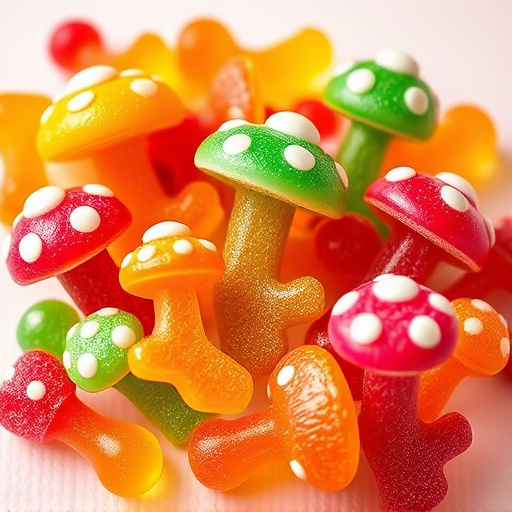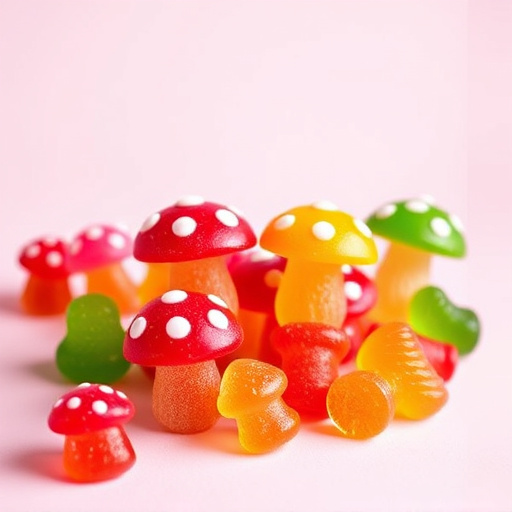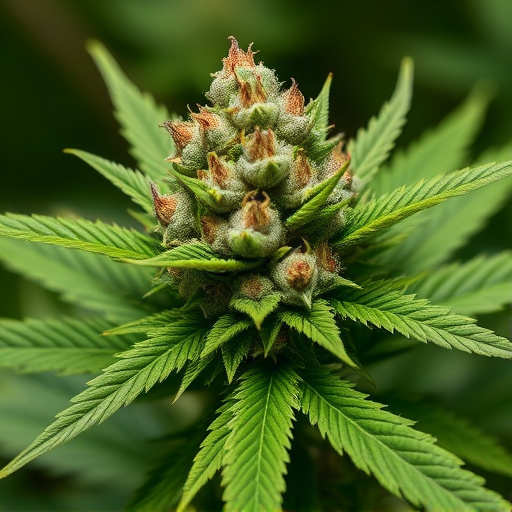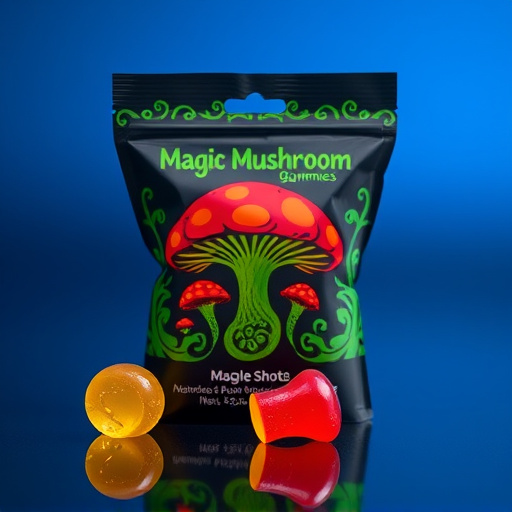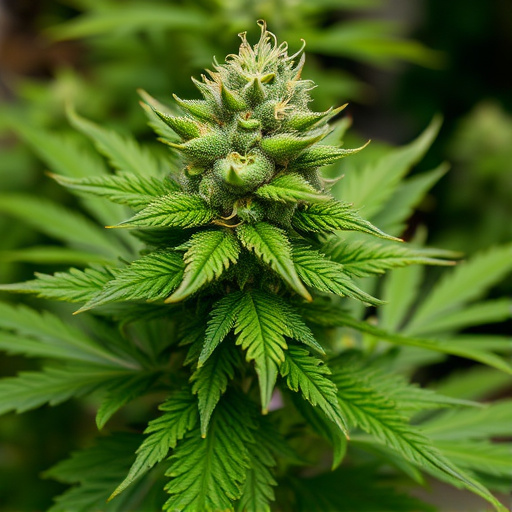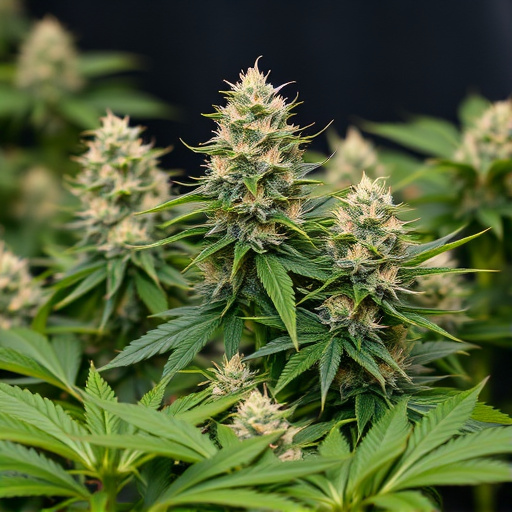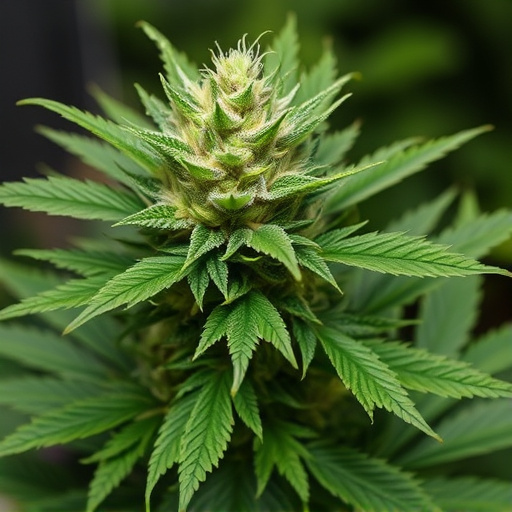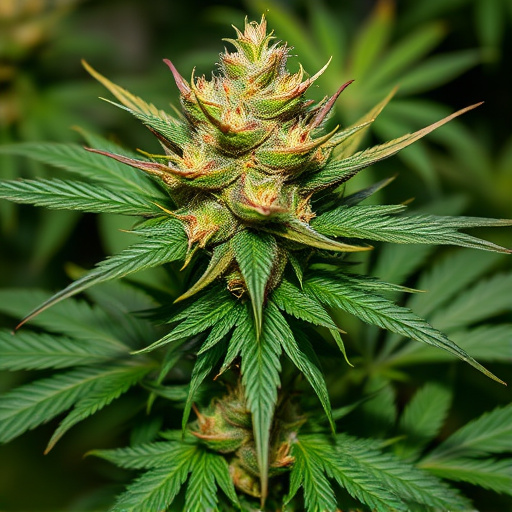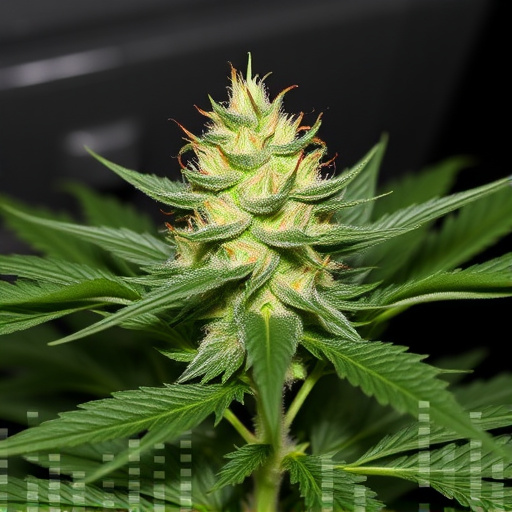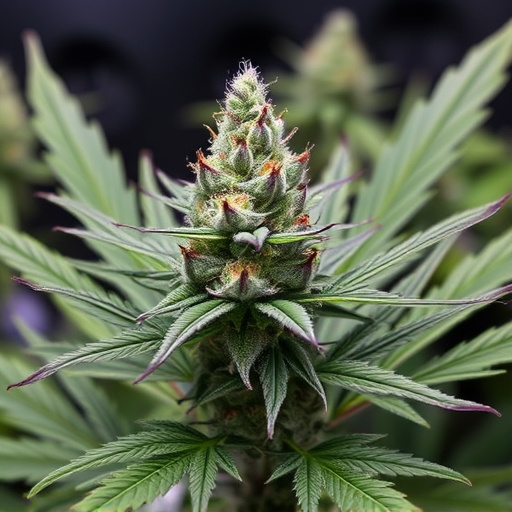Decarboxylation is a critical process for converting raw cannabinoids in cannabis flower (THCA/CBDA) into active forms THC and CBD, making them bioavailable through consumption. To maximize therapeutic benefits of the newest strains of cannabis, users should understand decarboxylation. The process involves heating cannabis to trigger chemical reactions. Proper preparation starts with selecting high-quality, curated flowers, trimming them to expose trichomes, and preheating ovens between 210-230°F (100-110°C) for 30-45 minutes, until a color change from clear to amber indicates completion.
Unleash the full potential of your newest strains of cannabis with a fundamental knowledge of decarboxylation. This process, crucial for activating potent cannabinoids like THC and CBD, transforms raw flower into usable forms. Understanding decarboxylation’s science and purpose is key to maximizing efficacy in your cannabis preparations. Discover effective methods to ensure complete decarboxylation, allowing you to harness the benefits of modern strains to their fullest extent.
- Understanding Decarboxylation: The Process and Its Purpose
- Preparing the Newest Strains of Cannabis for Decarboxylation
- Effective Methods to Ensure Complete Decarboxylation
Understanding Decarboxylation: The Process and Its Purpose
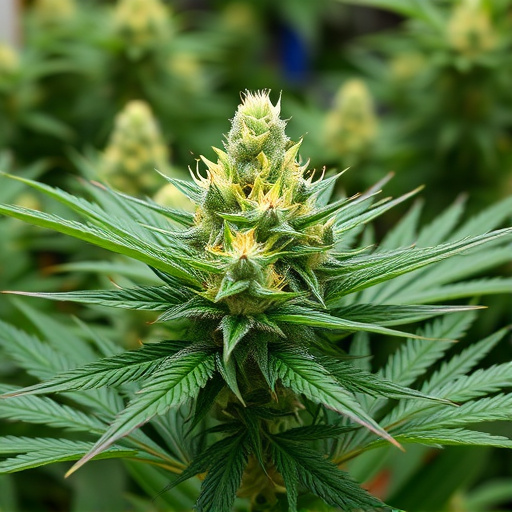
Decarboxylation is a process that plays a crucial role in preparing cannabis flower for consumption, especially with the rise in popularity of the newest strains of cannabis. It involves transforming raw cannabinoids into their active forms, making them bioavailable to the body when smoked or ingested. Cannabinoids like THC and CBD are present in cannabis as acidic compounds known as carboxylated cannabinoids (THCA and CBDA). When exposed to heat, these acids undergo a chemical reaction that removes the carboxyl group, converting them into their non-acidic forms: THC and CBD.
This process is essential for maximizing the therapeutic benefits and desired effects of cannabis consumption. Without decarboxylation, smoking raw cannabis flower would not produce the same intense high or medicinal effects. By understanding and controlling this process, users can ensure they are getting the most out of their newest strains of cannabis, whether it’s for recreational or medicinal purposes.
Preparing the Newest Strains of Cannabis for Decarboxylation
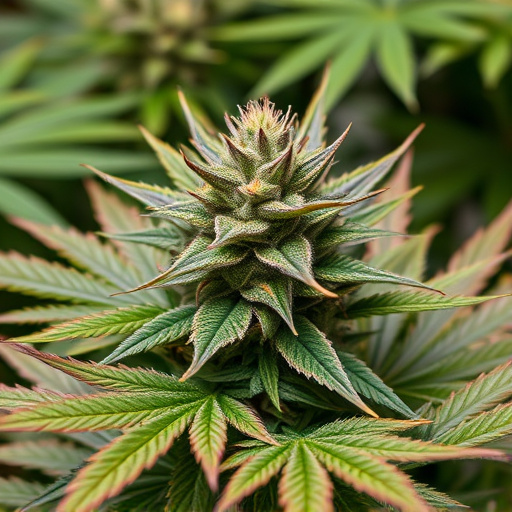
When preparing the newest strains of cannabis for decarboxylation, it’s essential to start with fresh, high-quality flower. These cutting-edge varieties often boast unique terpene profiles and potent cannabinoid content, making proper preparation crucial to unlock their full potential. Begin by selecting your desired strain from a reputable source, ensuring it has been cultivated and cured appropriately.
Next, trim the cannabis flower to remove any excessive leaves and small stems. This step allows for better exposure of the trichomes, which house the cannabinoids and terpenes responsible for the plant’s effects. Remember, the goal is to create a consistent and potent final product, so taking care during preparation is key to achieving desirable results in the decarboxylation process.
Effective Methods to Ensure Complete Decarboxylation
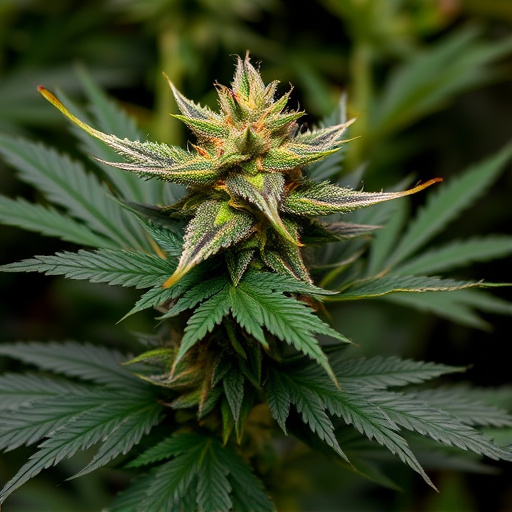
To ensure complete decarboxylation, especially with the newest strains of cannabis, which often have higher THC levels, it’s crucial to employ precise methods. Preheating your oven to a stable temperature between 210-230°F (100-110°C) is essential, as this range facilitates the gradual conversion of THCA (the raw form of THC) into THC without burning or degradation. Baking cannabis flower on a lined baking sheet for approximately 30-45 minutes allows for even heating, preventing hot spots that could lead to inconsistent decarboxylation. Regularly checking and stirring the flowers during the process is another effective method, ensuring every part of the flower reaches the optimal temperature. Additionally, monitoring the color change from clear to amber is a visual cue that decarboxylation is complete, indicating the release of THC.
Decarboxylating cannabis flower is a crucial step in preparing your herb for consumption, whether through edibles, vaping, or traditional smoking. By understanding the process and employing effective methods, you can ensure that the newest strains of cannabis are fully activated, unlocking their full potential for medicinal and recreational use. With proper decarboxylation, you’ll experience enhanced potency, flavor, and aroma, making every hit count.

